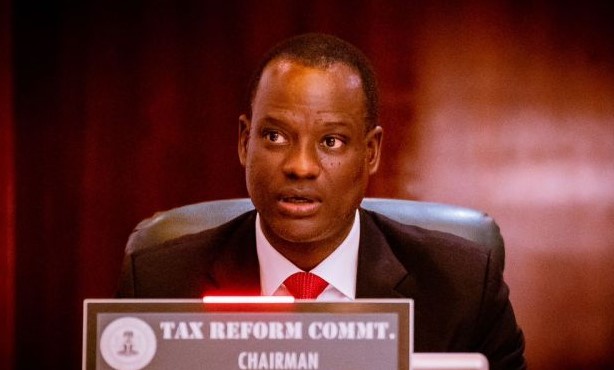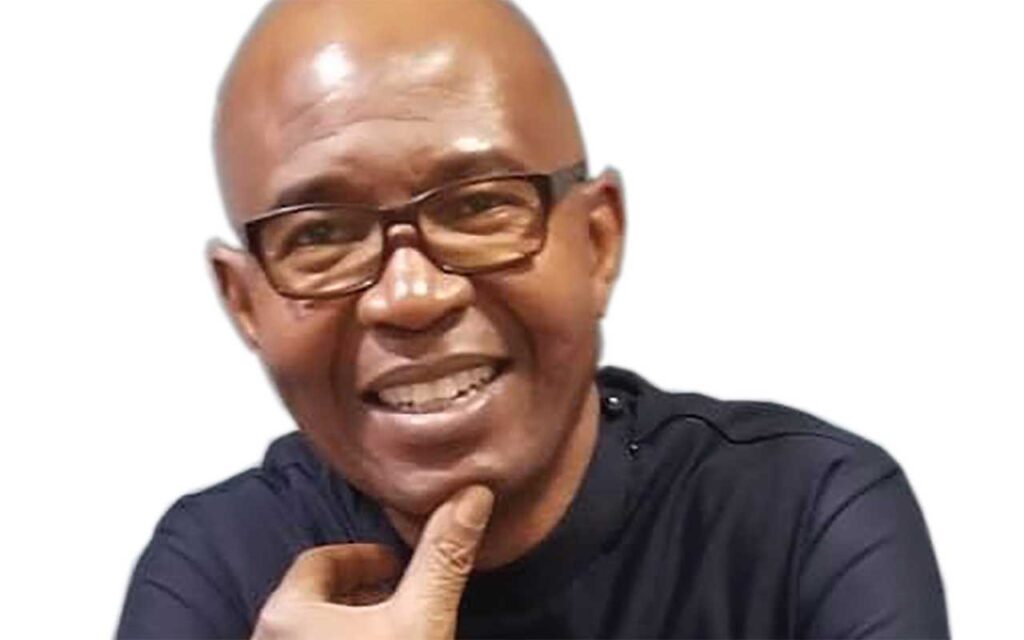
In the ever-evolving landscape of cybersecurity, where the stakes are higher than ever, project managers play a pivotal role in ensuring the success of digital defense initiatives. As technology advances, so do the tactics of cyber adversaries, making it essential for cybersecurity project managers to master a set of crucial skills.
In the 21st century, the digital battlefield demands a unique skill set, and project managers must be equipped to navigate this challenging terrain effectively.
A deep understanding of technical concepts is indispensable for project managers in the realm of cybersecurity. While they may not be writing complex code or configuring firewalls themselves, a solid foundation in technical knowledge enables project managers to communicate effectively with their teams and make informed decisions.
This rapidly evolving nature of cyber threats requires project managers to stay abreast of the latest technologies and vulnerabilities and this includes understanding encryption protocols, network architectures, and emerging technologies such as artificial intelligence and blockchain. Without a grasp of these technical intricacies, project managers risk making uninformed decisions that could leave their organizations vulnerable to cyberattacks.
Moreover, technical acumen enables project managers to bridge the gap between cybersecurity professionals and other stakeholders within the organization. Clear communication about the technical aspects of a project is crucial for garnering support and resources from executives who may not have a deep understanding of cybersecurity.Likewise, in this digital age, where cyber threats are omnipresent, effective risk management is non-negotiable. Cybersecurity project managers must be adept at identifying, assessing, and mitigating risks to ensure the resilience of their organization’s digital infrastructure.
Strategic planning is equally crucial, involving the development of comprehensive cybersecurity strategies that align with organizational goals. This includes anticipating potential threats, allocating resources efficiently, and establishing protocols for incident response. Cybersecurity project managers must be capable of developing and implementing robust cybersecurity policies that comply with industry regulations and standards.
The ability to strike a balance between security and usability is a delicate art that requires a keen understanding of the organization’s objectives. Project managers must align the cybersecurity initiatives with the broader business strategy, ensuring that security measures do not hinder productivity but rather enhance it.
Correspondingly, in the digitalfrontline, where the enemy is often invisible, and attacks can be swift and stealthy, effective leadership is paramount. Cybersecurity project managers must be adept at leading cross-functional teams composed of individuals with diverse skills and backgrounds.Besides, clear communication is the linchpin of successful cybersecurity project management, and project managers must be able to articulate complex technical concepts in a way that is understandable to non-technical stakeholders. This includes executives, legal teams, and employees at all levels of the organization.
Furthermore, cybersecurity project managers must cultivate a culture of cybersecurity awareness within the organization. This involves not only training employees on best practices but also instilling a sense of responsibility for cybersecurity at every level. Effective leadership in cybersecurity is not just about responding to incidents but proactively fostering a security-conscious environment.
In conclusion, as cyber threats continue to grow in complexity, the role of cybersecurity project managers becomes increasingly vital. Organizations that invest in developing these crucial skills will be better positioned to navigate the digital battlefield and safeguard their digital assets in the 21st century.











